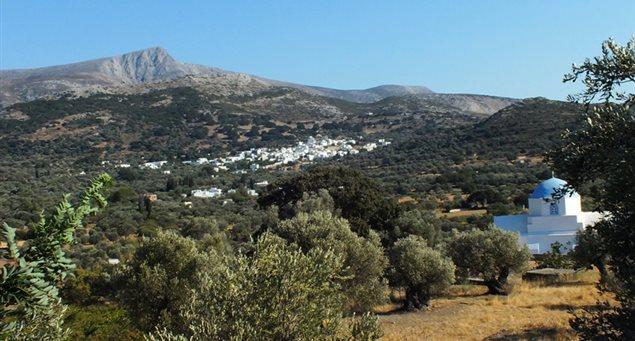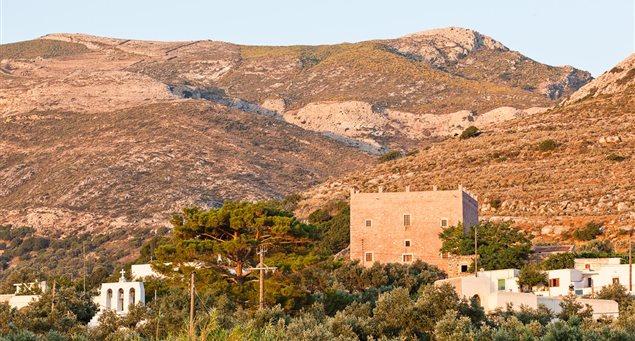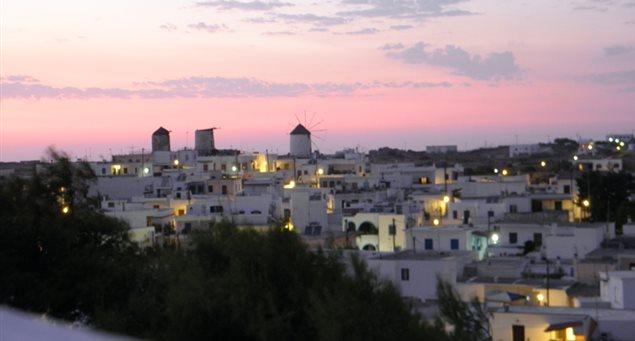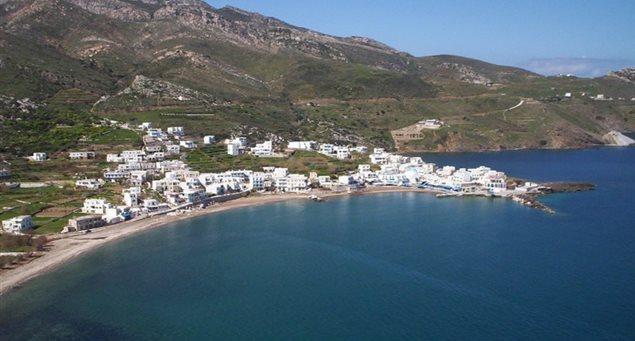
Situated on the southern side of the olive groves in the Tragea basin, the picturesque village of Damarionas, with its mansions, whitewashed houses and alleyways, churches in the authentic Cycladic style and pretty squares, has been officially designated as a traditional settlement. The locale is graced by traditional cobblestone paving and balconies laden with plant pots and protruding flowers.
Standout features are the mansions of Promponas, Vassilikoulas and Bakalenas, Potirou square with the huge old plane tree, and the old churches of Christ, in Patelos square, and Ai Giorgis.
Tradition has it that the village acquired its name from Damaris, the lady who, together with Agios Dionyssios, were the first Athenians to be converted to Christianity by St. Paul. She is assumed to have somehow spread the new faith among the then inhabitants of Damarionas.
The original inhabitants are considered to have lived at the seaside area of Agiassos. The fear of pirates, however, forced them to retreat inland, initially at Roalidia position, on the slope where Fort Apaliros stood, and later, around 1400, to the present position.
The permanent population now is around 350 and the basic sources of income are farming and animal rearing. A modern olive mill is operated in the village.
A big feast is held on August 6, when the Church of Christ celebrates the Transfiguration of the Savior.
The greater area around the village of Damarionas is dotted with many very old and picturesque chapels, as the notable Kaloritsa –built in a cave on the western side of Mt. Ai Lias, and more in the Baouzis area.
| Directions for access | Damarionas is approximately 15km from Chora, the main town, along the main road to Tragea. |
| Parking | Parking available. |
| Public transport info | May be reached by both private and public transportation. |




